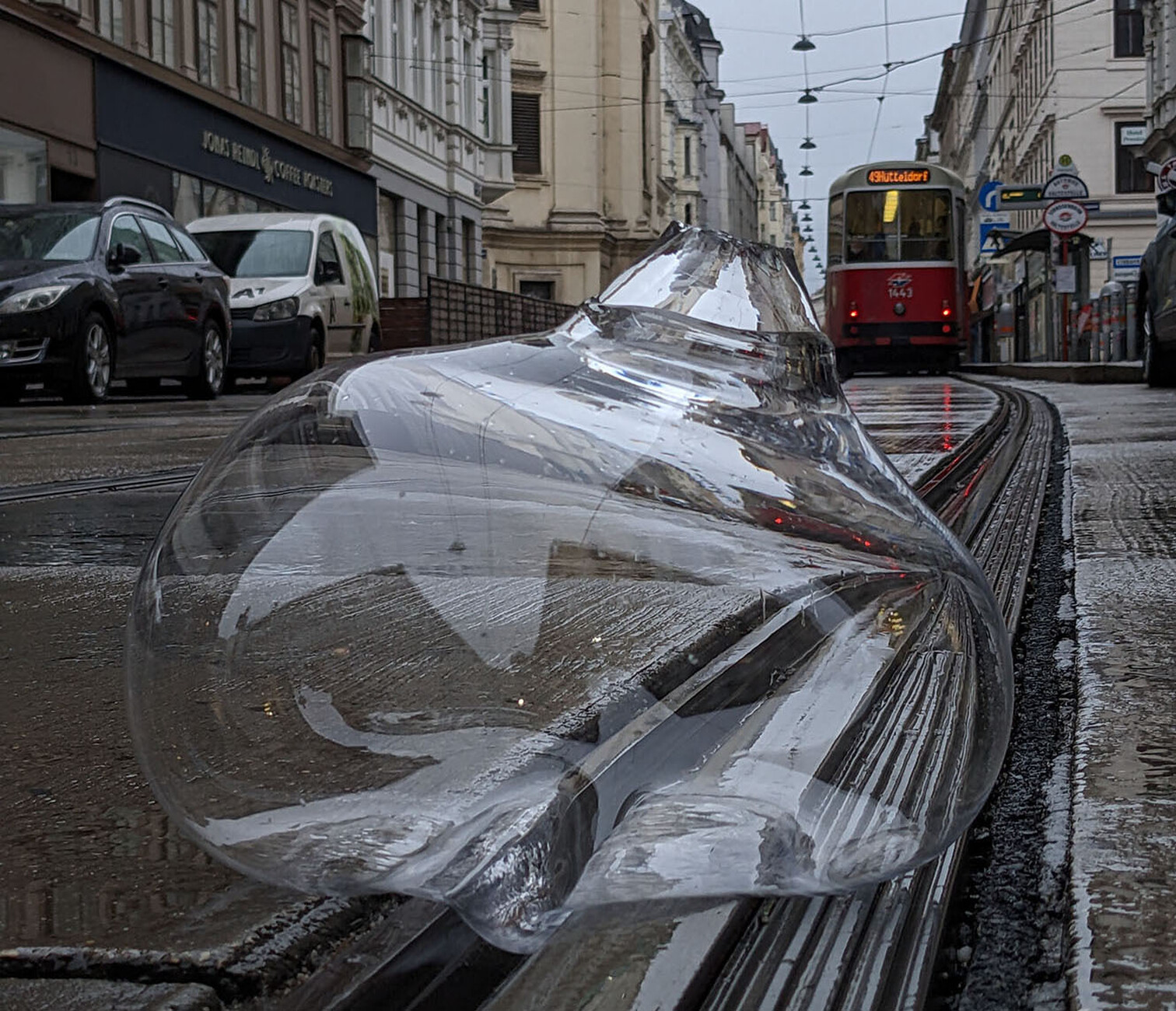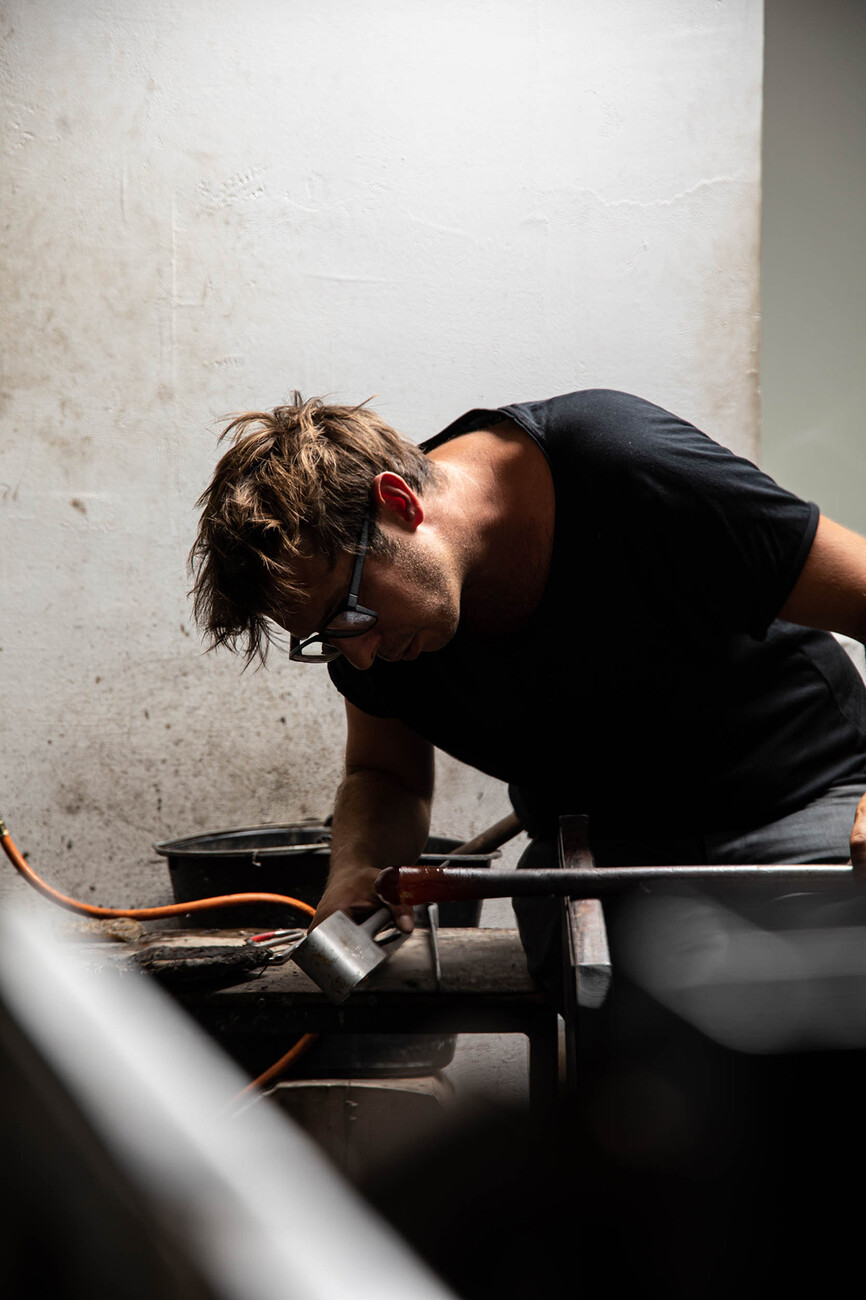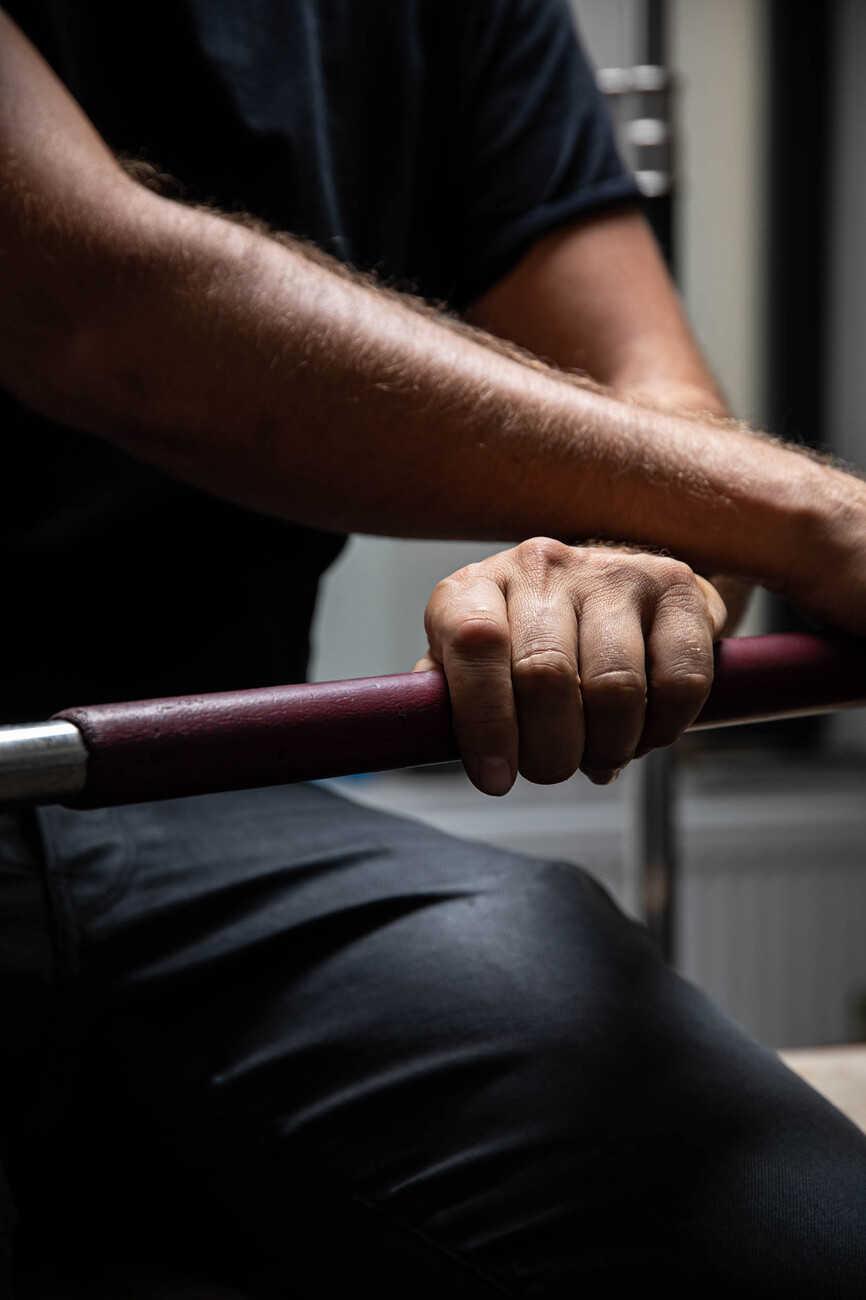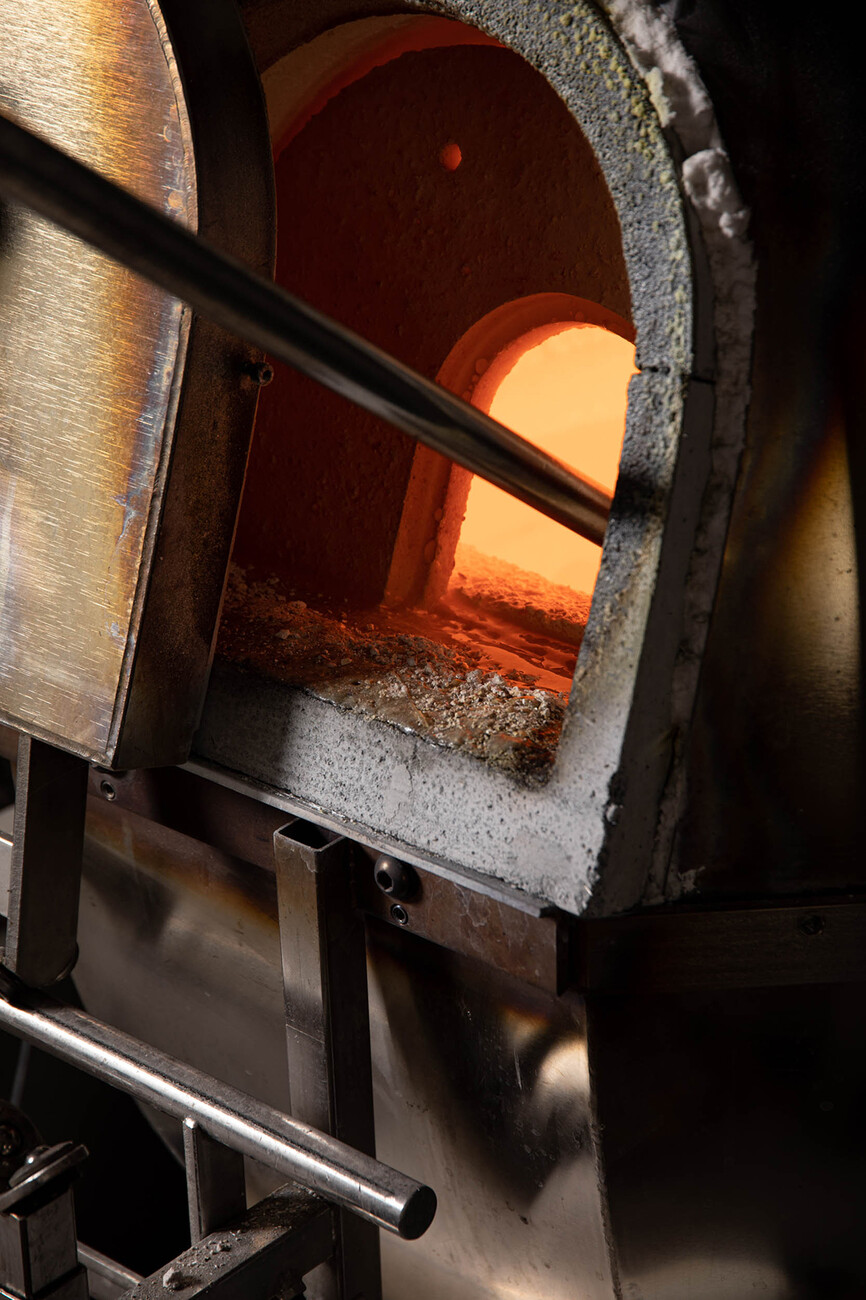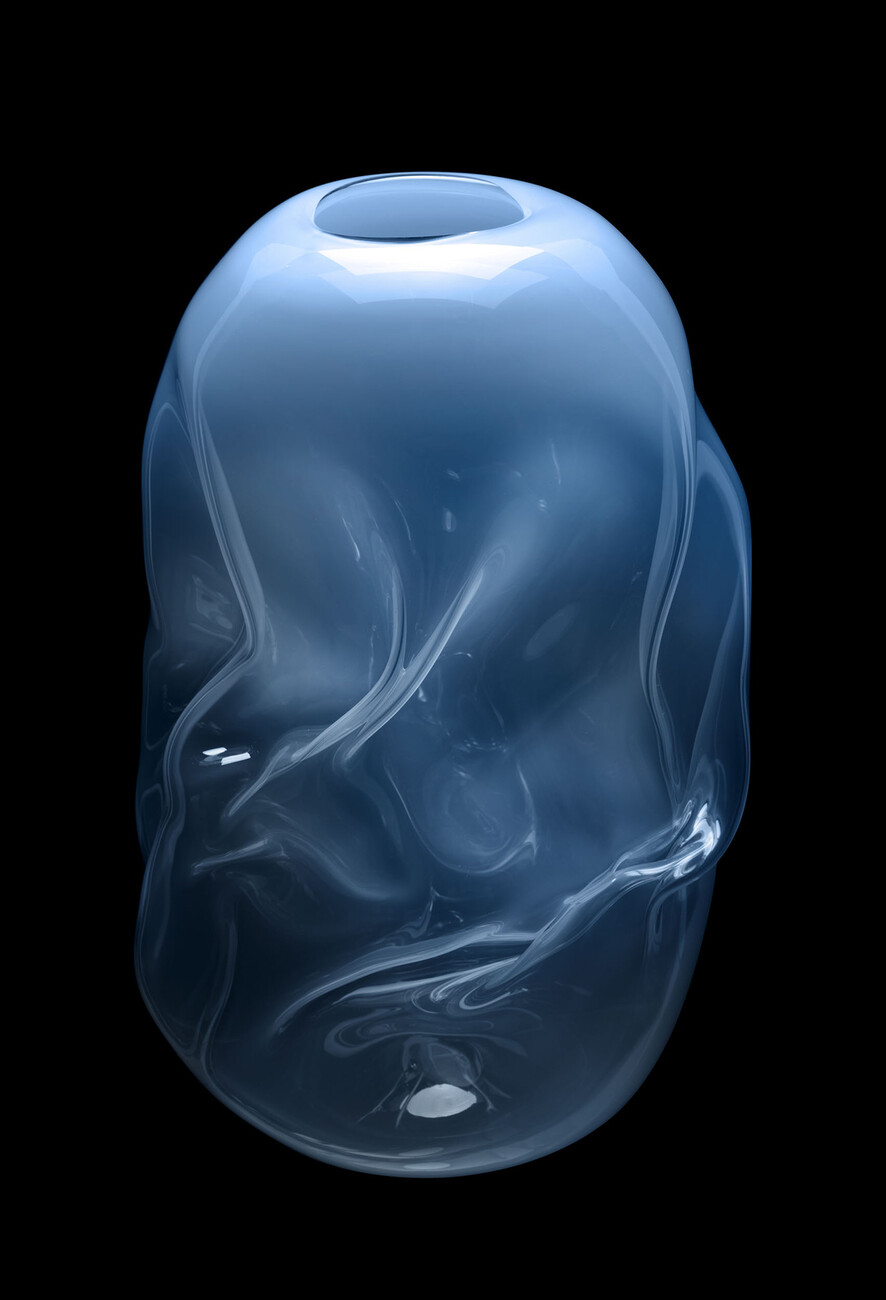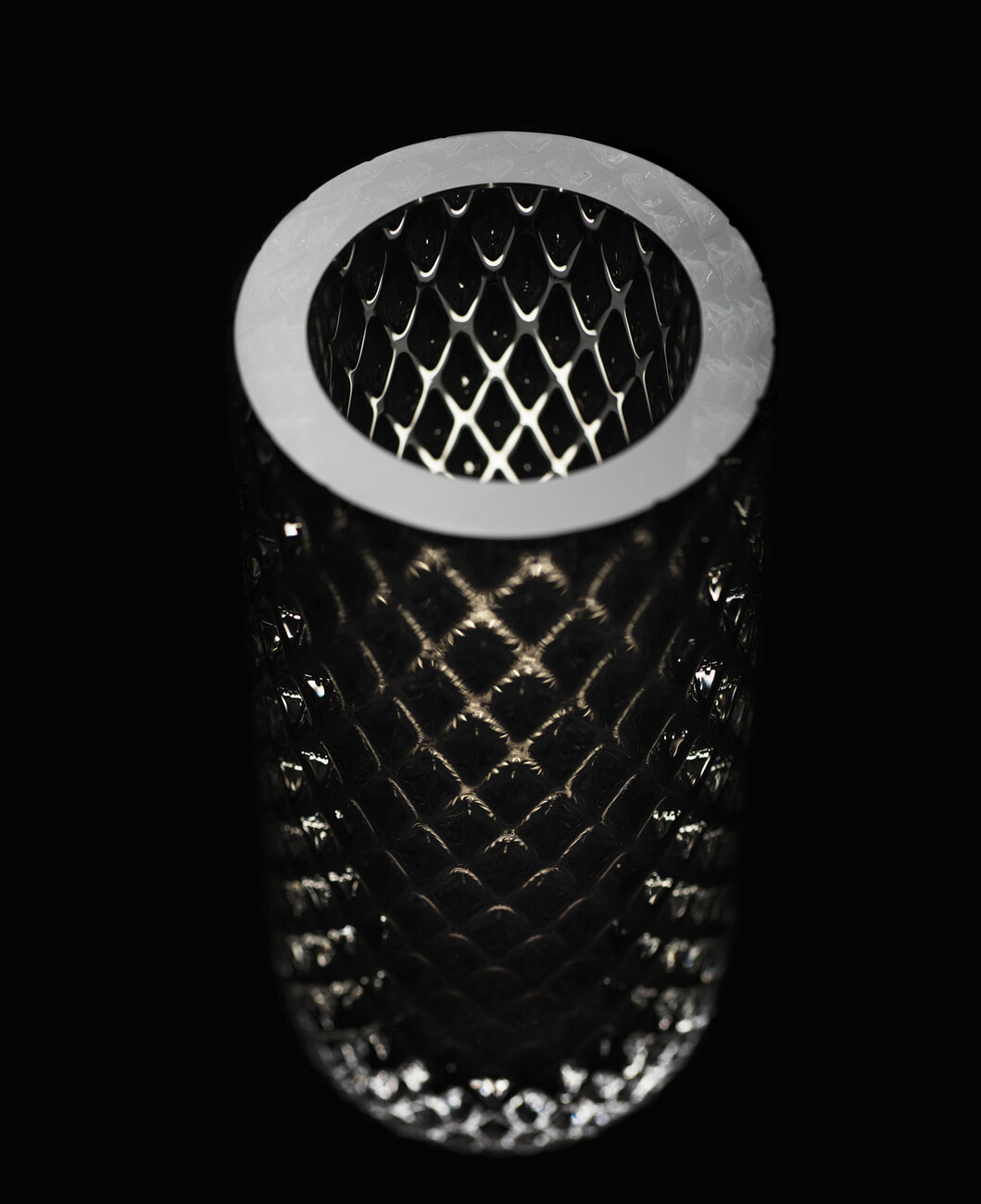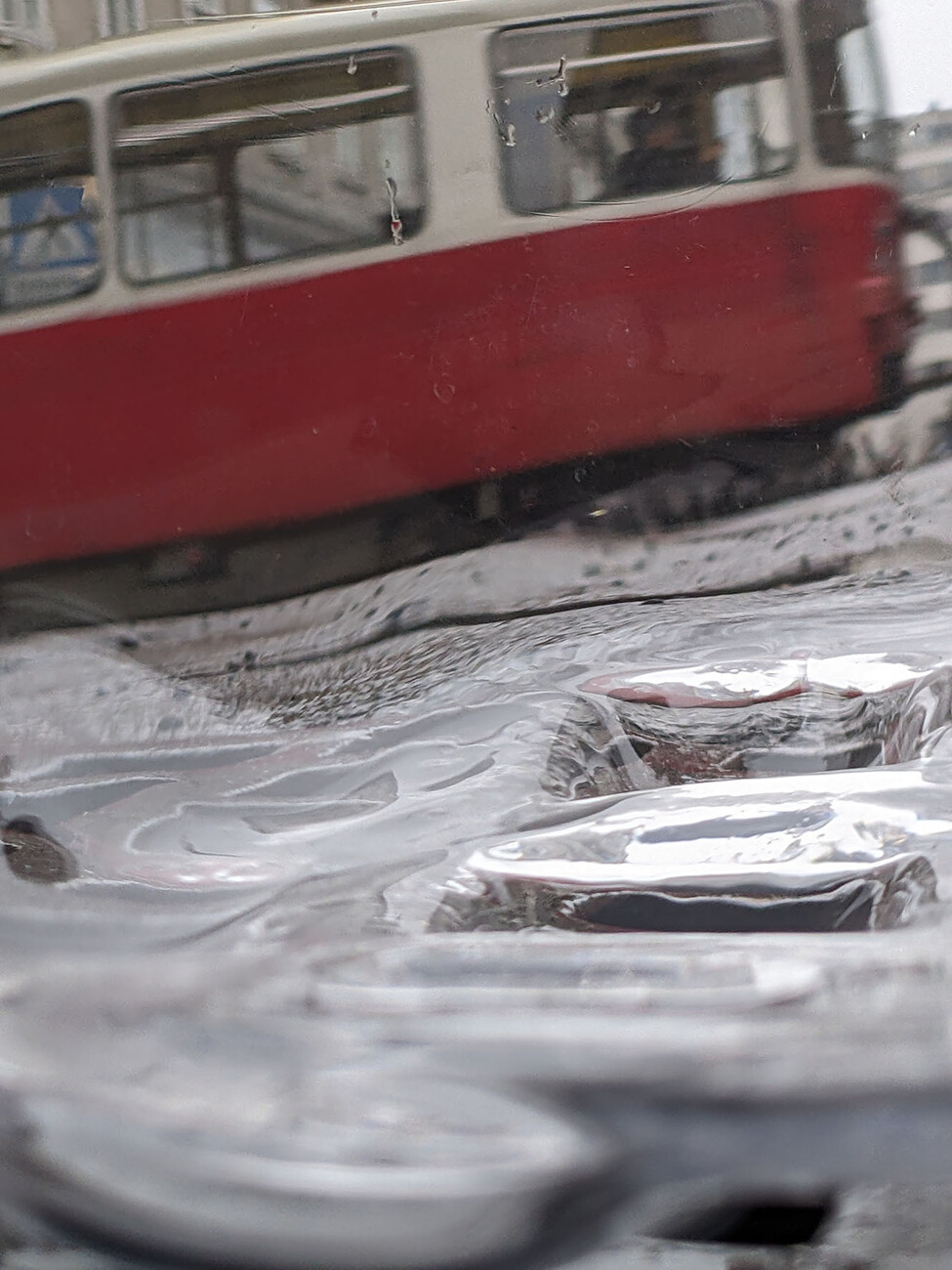Perfect crafts for Idealists
“It takes many years, if not decades, to master the craft of glassblowing. Truth be told, there is always something new for the glassblower to learn,” explains Comploj. To learn his craft, this native of the Tyroleant region in Austria has, in his time, traveled a great deal – from New York City, where he acquired his first practical experience at various studios, to London, where he worked for a number of companies as a glassblower, and then all the way to Denmark, Australia and Germany. And along the way he often benefited from the fact that he is also a trained carpenter. He is currently based in Vienna, where he also offers courses and workshops at universities. He is committed to promoting an understanding of the uses to which glass as a material can be put. “Unfortunately, this craft does not receive funding in Austria, although young designers who are attracted by the idea of working with glass often ask me about the matter.” This being the case, it is usually up to the interested parties – such as Comploj, when he first felt drawn to the subject – to take the initiative, to prove their commitment and to psych themselves up for a long journey. What Comploj’s customers particularly appreciate is the innovative spirit that flows through his creations. The team at his studio currently derives its inspiration from the sharp edges and corners in evidence right on their doorstep, in the urban setting of Vienna. Accordingly, sidewalks, manholes, hydrants and tram tracks serve as their molds when blowing glass, instead of the more conventional shapes. Short videos on Instagram illustrate how to produce this kind of unusual objects – glass art which transcends the scope of mere products and is able to tell a story in its own right.
Interview with Robert Comploj
What are the challenges that working with glass involves and what is it that distinguishes the material?
Robert Comploj: Glass is not an easy material and it behaves differently every time it is used. When using it you are always caught up in the moment – it’s just not possible to put it aside for a short time and then to carry on at a later point. Then there are good and bad days – working with glass is always an emotional affair. It goes without saying that we are also currently concerned about the energy crisis. Putting that aside for a moment, just working with this particular material is an unbelievably beautiful thing to do – and one that presents us with new challenges every day.
You come from the Tyrol region and, after spending a number of years abroad, are now working in Vienna – what is it that makes the latter location so interesting as far as your studio is concerned?
Robert Comploj: In fact, Tyrol was also an option for us at one time but, at the end of the day, we opted for Linz in the first instance; subsequently, and for the past six years, we have been based in Vienna. The international flair of the place, the fact that everything is close at hand, and its “Grätzl” lifestyle, i.e., its neighborliness – all these things are just ideal for our line of work. We have our partners here, a large number of architects and other interesting people, plus the relevant volume of walk-in customers close at hand in our retail store. Moreover, this freedom and the wide horizons we benefit from spur on our creativity.
Glassblowing as a craft has a long tradition in Austria, as in other countries. Are you currently experiencing a “second flowering” of the craft in Austria, or is what you do pioneering work?
Robert Comploj: I do indeed see myself as a pioneer in the field in Austria over the past few years. Of course, we have, to a certain extent, succeeded in reviving an interest in the skill, but what is still lacking is young blood. Working with glass requires a great deal of patience, the training it requires takes an extremely long time – something that at odds with the spirit of the age we live in which means that not enough young people are interested. On top of this, the requisite infrastructure is not in place. After all, fitting out the necessary workshop can easily set you back around €500,000 and, even at the universities here, this type of craftwork has a very limited value – if it is practiced at all. The challenge in business terms, i.e., to eventually earn money from the profession, just compound the situation. I take a rather skeptical view of the craft’s future.
What kind of people form your clientele and how emotionally attached are you to your designer pieces?
Robert Comploj: At one point I certainly did feel more of a personal connection with every single object, whereas today I am pleased when I know that our creations are in good hands, which gives us enough space, so to speak, to move on to the next thing. It does fill me with pride when our one-offs have been bought by well-known personalities. However, I believe that it is more the case that our customers develop a personal relationship with our pieces. After all, they have invested a great deal of money and have thought long and hard about their purchase – independent of whether we are talking about private individuals, architects, collectors, artists or businesses in the hotel and hospitality industries.
One project that you would like to realize in the future?
Robert Comploj: I can’t give away too much at this point, but we are currently at the planning phase for a large new workshop in Vienna. The latter will be fitted out with a new technology, one that is, at this point in time, the first of its kind in Austria. So, get ready yourselves for a surprise!
